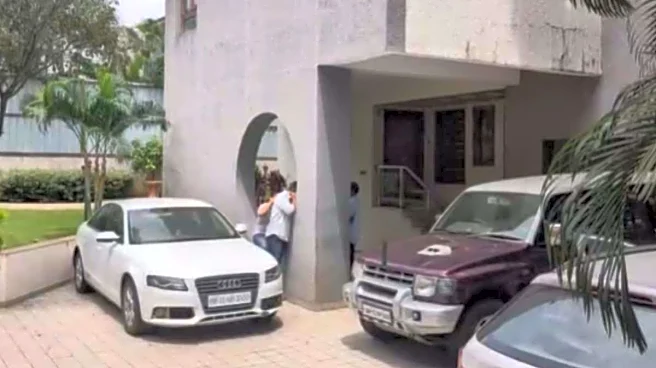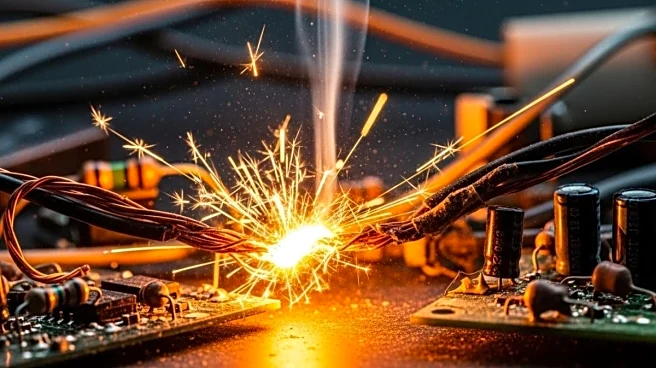
Imagine you are at a fest, or in the office, or even at home with family, and suddenly someone in front of you collapses. For a few seconds, everything feels frozen. Your heart races, panic sets in and your first instinct is to scream for help. In that moment, what you do next could mean the difference between life and death. Medanta says that brain damage can occur within three minutes of cardiac arrest and death follows within ten minutes without emergency care. Meaning, your quick response can save that person's life when they collapse.People witness thousands of fainting or collapse incidents yearly, but many don't know what to do. Doctors say that while medical care is extremely important, the immediate response of a bystander often decides
the outcome. And the truth is - most of us aren’t prepared for it, we don't even know the most basic things to do. To cater with that, we spoke to some experts, who gave us a step-by-step guide and also decoded it for us.
What Should Be The First Thing To Do When Someone Collapses In Front Of Us?
Dr Swarup Swaraj Pal, Chief CVTS surgeon, Cardiovascular and Thoracic, MICS, Trauma and Transplant surgeon, Gleneagles Hospital, Parel Mumbai, while speaking to Times Now News said, "Whenever someone collapses in front of you, the first thing to make sure of is that don't let a crowd of people surround him/her. Make some space for air to come in. At the same time, you should also lift the legs, this will let blood enter the heart. Start stimulating the patient by rubbing the chest bone. Try reviving him. Despite all of this, if the person is unresponsive, start giving him CPR."Dr Sunil Kutty, a leading Neurosurgeon (Brain & Spine) at NewEra Hospital, Vashi, Navi Mumbai, listed some of the common mistakes that people usually make during this time. He says, "Incorrect CPR techniques. He emphasized on how it is so important for every person to do it correctly. Also, don't move the patient erratically because that can turn out to be very dangerous, in case the person has hurt his/her spine."Dr Swarup says it is very important to understand that you cannot single-handedly revive someone. Therefore, make sure you call a doctor or an ambulance at the earliest. He says, "Don't just keep looking at the person, start CPR at the earliest."Dr Aditya Deshmukh, Internal Medicine Expert, Apollo Spectra Hospital, Pune, has prepared a step-by-step response.- Ensure Safety: Check if the scene is safe for you and the person.
- Check for Responsiveness: Tap the person's shoulders and ask loudly, "Are you okay?".
- Check Breathing: Gently tilt the head back and lift the chin to open the airway. Look, listen, and feel for normal breathing for no more than 10 seconds.
- Start CPR: If not breathing normally: Begin chest compressions immediately.
- Position: Lay the person on their back on a firm surface. Kneel next to their shoulders.
- Compressions: Place the heel of your hand in the center of their chest, then place your other hand on top. Press down hard and fast, at a rate of 100-120 compressions per minute.
- Rescue Breaths (if trained): After 30 compressions, if you are trained, give two rescue breaths.
- Use an AED: If an AED is available, turn it on and follow the voice prompts to deliver a shock if advised.
- Keep performing CPR and using the AED until emergency services arrive and take over.
What Are The Early Signs?
A collapse just does not happen out of the blue, a person will always show some symptoms. We have listed a couple of these below:- Dizziness
- Blurring of vision
- Tinnitus
- Sweating
- Nausea
- Palpitations
- Dryness of mouth






/images/ppid_59c68470-image-175824759530921402.webp)


/images/ppid_59c68470-image-175825258586659706.webp)




